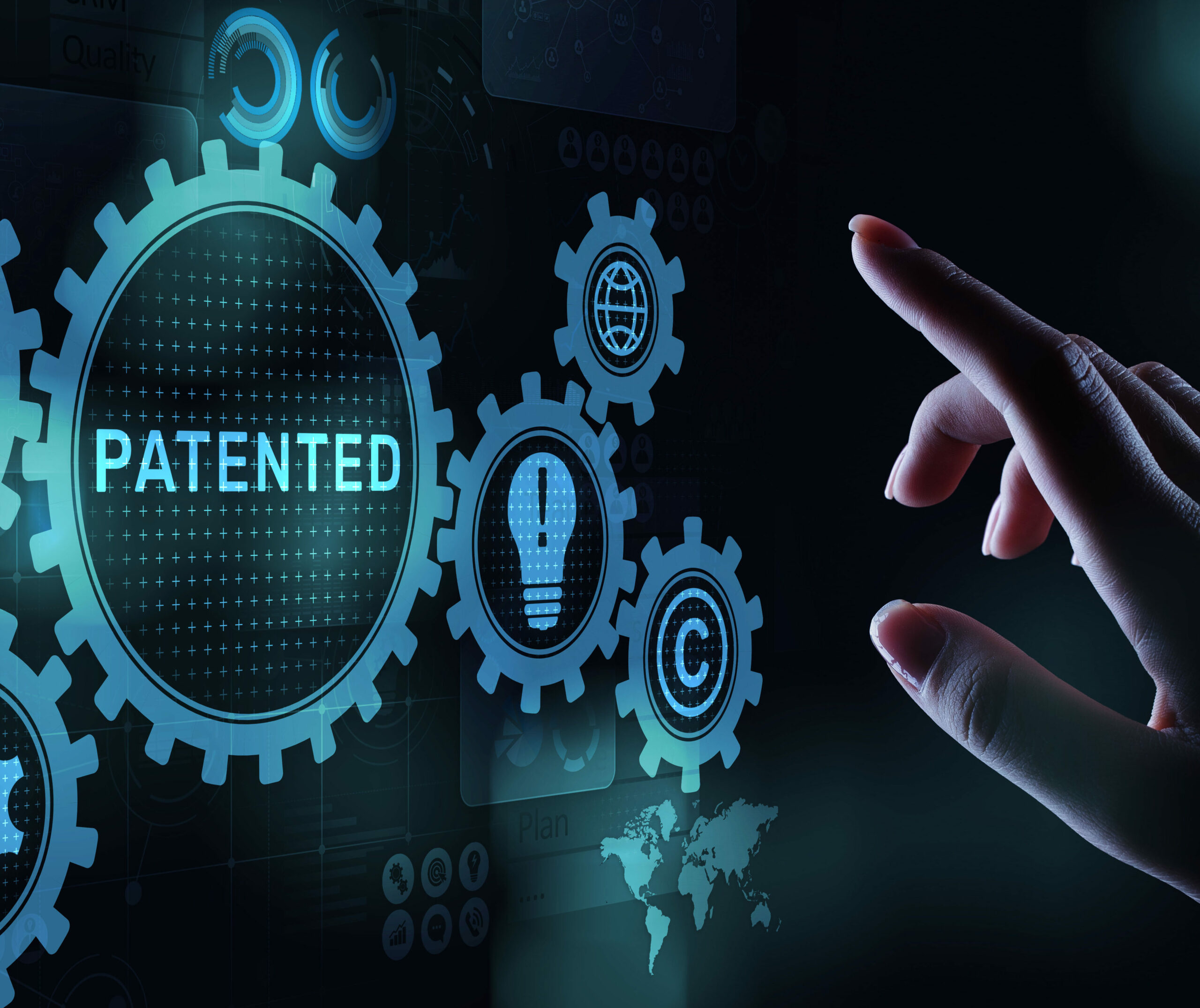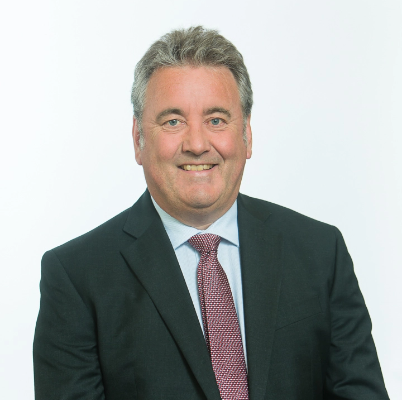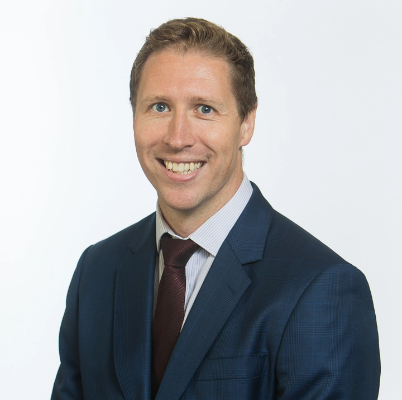Full Range of Patent Services
Applying For Patent Protection
The first step in obtaining a granted patent is usually the preparation and filing of an informal or priority UK patent application. It is important that this document is accurately and professionally drafted because it defines the protection which the patent will provide.
Patent Maintenance
Our in-house records department can manage the payment of your patent renewal fees and can do so whether we have prosecuted your patent application or not. We will provide reminders relating to the deadlines for renewal payments to be paid and pay the renewal fees on receipt of your instructions.
Patent Searching
Our patent attorneys can conduct in-house preliminary searches using worldwide patent databases in respect of published patents and applications for patents and/or we can request a search to be undertaken by a national patent office and/or organisations dedicated to patent searching.
International Patent Protection
A European patent application is prosecuted as a single patent application until grant, whereupon it is divided into either individual national patents of the countries designated in the European patent application, or a unitary patent can be requested (currently covering 17 of the 39 European member states of the European Patent Convention).


Our services
A brief introduction to patents
So what is a patent? A patent is a legal monopoly for an invention giving the patent holder exclusive rights over the invention. It is generally used as a commercial tool to gain a commercial advantage, to prevent unauthorised third parties from copying or working the invention, to act as a source of revenue for the patent owner and/or to qualify for Patent Box Tax Relief. To obtain a granted patent for an invention, the invention must be new and involve an inventive step.
An invention is ‘new’ if it has not previously been made publicly available by a disclosure in, for example, a public document or by its use in public anywhere in the world. It is, therefore, imperative to file a patent application before the invention is publicly disclosed. An invention involves an ‘inventive step’ if it is not obvious to the skilled person in the technical field of the invention. Assessing inventiveness or non-obviousness is subjective and a question on which many court cases have focused.
Want to know more about patents?
We’ve compiled a list of our most popular Patent FAQs. We hope you find these useful. If you have any further questions, If you have any further questions, please don’t hesitate to get in touch and we’ll do our best to help.A patent is a legal monopoly that provides the patent owner with exclusive rights over an invention. Once a patent has been granted, it allows the patent owner to prevent third parties from using their invention without their permission for up to 20 years. The patent can also be used for commercial gain by the patent owner by licensing or assigning the rights in the patent to a third party.
A patent can be used to protect a new idea or invention in the form of new product, a new method or process of producing a product, or a new use for a product.
The requirements to obtain a granted patent are that the new idea or invention is novel (i.e. the idea has not been publicly disclosed anywhere in the World before you file a patent application), is inventive (i.e. is not obvious at the time of filing the patent application) and is capable of industrial application (i.e. it must be possible to actually make or manufacture the new idea or invention).
There are certain exclusions from patentability in some countries, such as for example, ideas that might be considered offensive or immoral, a purely aesthetic creation, business methods, methods of playing a game or mental act.
The main requirements to obtain a granted patent are that the invention is novel (i.e. the idea has not been publicly disclosed anywhere in the World before you file for a patent application), and that it is inventive (i.e. would not be obvious to the skilled person at the time of filing the patent application)
To get an idea if your invention will meet these criteria we recommend that you undertake some Internet searching to see if your invention, or anything similar to your invention, may have been disclosed or marketed before. We can also undertake a search of earlier published patents and patent applications to see if anyone has applied to protect the same or similar invention to your proposed invention. Undertaking this work before applying for a patent helps determine if you are likely to get a patent granted for your invention.
The maximum term of a patent is 20 years from the date of filing of the patent application. Depending on the patent country, renewal fees may need to be paid either annually or over a pre-determined time period in order to maintain your patent application or patent in force during the life of the same.
A patent application should be filed before any public disclosure of the invention anywhere in the World. Although there is no requirement to have a working prototype of the invention at the time of filing the patent application, the patent application needs to contain sufficient information to allow the invention to be implemented or produced by a skilled person in the technical field.
Due to complexity in preparing the patent application, it is recommended that you use a Chartered Patent Attorney to draft the patent application for you. The patent attorney will ask you questions about the invention to allow them to obtain the information required for the patent application and give you the bast chance of obtaining a granted patent with good claim coverage.
Once a patent application has been filed in a country or region in the world where you wish to obtain patent protection, the patent authorities in that country or region will then check the patent application to see if meets the formal requirements. They will also undertake a search and examination of the invention to see if it meets the requirements of patentability – i.e. that the invention is novel, is inventive and is capable of industrial application and does not fall within one of the exclusions for patentability.
It is common for the patent authorities to cite one or more prior filed patent or patent application documents that they consider may be similar to your proposed invention and they may invite you to amend your application to distinguish your invention from these cited documents. Your patent attorney will be able to help with this work or undertake the work on your behalf.
Once a first patent application has been filed for your invention in a country or region in the world where you wish to obtain patent protection, there is a time period of 12 months (often referred to as the priority period) in which one or more foreign patent applications can be filed for the same invention. These foreign patent applications will take the same filing date as your first patent application.
The provision of the 12 months priority period helps you to explore where in the world there may be a market for your invention without having to incur the cost of filing a number of foreign patent applications all at the start of the patent application process.
Patents are more commonly national rights and so if you would like patent protection for your invention in a particular country, you will need to obtain a granted patent in that country. It is possible to obtain regional patent protection in some regions of the world, such as for example, the European unitary patent.
It can take approximately 3-5 years to obtain a granted patent from the earliest date of filing your patent application. However, it is possible to obtain a granted patent in a much shorter period of time if you become aware of a potential infringer of your invention, if your invention already has a patent granted in another country or if your invention is in certain technical fields (i.e. Green Technology).
During the time your patent application is pending before grant, you can still commercialise your invention and damages for patent infringement by a third party can be backdated to when the patent application is published before grant.
Once a patent has been granted, the patent will need to be maintained for up to the maximum 20 year term by paying annual renewal fees.
The cost of obtaining granted patent protection depends on the complexity of the invention, the numbers of objections that are raised by the patent authorities and the countries or regions in which you wish to obtain patent protection in.
A patent attorney should be able to provide an indication of costs for obtaining a granted patent in the countries or regions of interest to you based on an invention in a particular technical field. As an example, it may cost between £4K-£10K to obtain a granted UK patent depending on the complexity of the invention.
Meet Our Patent Experts

Alex is a fully qualified UK and European Patent Attorney and a Patent Attorney Litigator. She is a Fellow of The Chartered Institute of Patent Attorneys and is a registered professional representative at the European Patent Office and the Unified Patents Court.
Alex joined Bailey Walsh & Co LLP in 1998 and became a partner of the Firm in 2005. She holds a BA in Natural Sciences and a PhD in Medical Physiology & Biochemical Pathways, both from Cambridge University. Alex has been awarded a number of academic prizes for achievement both at University and in her professional career.
Alex has an excellent grounding in a wide range of scientific disciplines including biochemistry, chemistry, physiology, pharmacology, pathology, genetics, microbiology and cell biology. Although Alex’s academic background has been largely in the field of biotechnology and life sciences, she has gained substantial experience in the technical fields of electrical and mechanical engineering, as well as telecommunications, having drafted and prosecuted patent applications in these sectors for over 25 years. Alex advises on patent, design, trade mark and copyright issues.
Alex has a depth of experience in representing clients at Opposition proceedings at the European Patent Office, and also at the UK Intellectual Property Office (UK IPO). Alex works closely with lawyers in the UK and abroad in both the enforcement and defence of our clients’ patent rights.


Alexandra Tomkinson

Graham is a fully qualified UK and European Patent Attorney and a Patent Attorney Litigator. He is a Fellow of The Chartered Institute of Patent Attorneys and is a registered representative at the European Patent Office and the Unified Patents Court.
Graham joined Bailey Walsh & Co LLP in 1990 and became a partner of the Firm in 1997. He holds a Masters of Engineering degree from The University of Strathclyde.
Having gained experience in all Intellectual Property matters, Graham deals with patents and provides detailed advice in this field. His work ranges from the prosecution of new patent applications to the provision of specific advice for prosecution strategies in the UK, Europe and across the world, having had extensive experience of patent procedures in the European, United States, Japan, China, Eurasian, and African Regional and International Patent Systems.
Graham represents many clients at Opposition and Appeal Proceedings at the European Patent Office and works closely with lawyers in the UK and abroad in both the enforcement and defence of patents. He is also extensively involved in advising on patent licensing issues, the assessment of the value of third party patent portfolios and the development of strategies to allow clients to generate patent portfolios to develop income streams is also an important area of his expertise.


Graham Wood

David is a fully qualified UK and European Patent Attorney, as well as a fully qualified UK Trade Mark Attorney and Patent Attorney Litigator. He is a fellow of The Chartered Institute of Patent Attorneys, a Member of The Chartered Institute of Trade Mark Attorneys and is a registered representative at the European Patent Office and the Unified Patents Court.
David entered the profession in 2009, joined Bailey Walsh & Co LLP in early 2012, and became a partner of the firm in January 2020. David holds an MChem (Hons.) degree in Chemistry from Durham University where he gained a very good understanding of all areas of Chemistry. Prior to entering the IP profession, David gained industrial experience in the pharmaceuticals sector working for one of the world’s leading drug development companies. While studying at university, David also gained further academic experience in particle science and engineering working each summer with PhD groups in the engineering department of Leeds University.
David’s patent work covers a broad range of technologies, with a focus predominantly on mechanical and engineering patent matters, drafting patent applications and prosecuting them through to grant, advising and aiding clients with their international filing strategies, and representing clients in opposition and appeal proceedings at the European Patent Office. David’s trade mark qualifications complement his patent work and enable him to provide “full picture” advice to his clients.


David Corbyn

